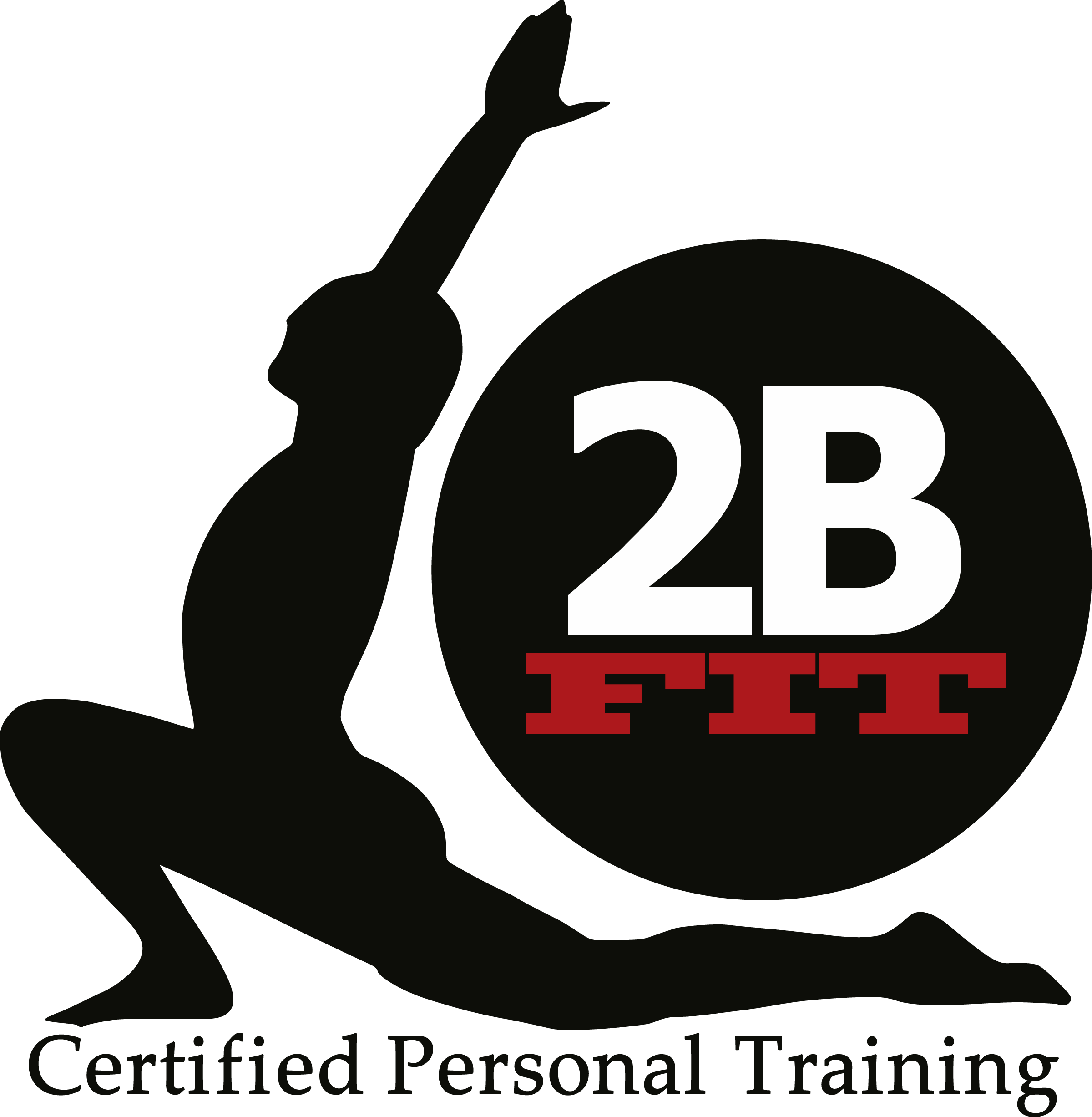Nutritionally well balanced meals and recommended portion sizes
Eat breakfast every day. After not eating all night you will need to kick start your metabolism. When your body goes long periods without food, (4 or more hours) your metabolism slows down considerably. This is a leftover response to our caveman days when food was scarce and our body needed to protect itself from starvation. Each time we eat our metabolism increases slightly. This is called the thermic effect of food; the calories used to fuel the digestion process. This is why it is better to eat three small meals and two snacks throughout the day rather than 1 or 2 large meals.
Try to make each time you eat a mixture of carbohydrates, protein and high quality fat.
Aim for 40-65% complex carbohydrates. Complex carbs contain essential nutrients and fiber which helps move the food through the digestive track. It absorbs water as it goes which in turn helps you to feel full for longer. Examples: Whole grain bread/tortillas, look for 3 or more grams of fiber per slice-the higher the better, cereal with at least 4 grams of fiber per serving, and any vegetables and fruit. Go easy on dried fruit; it is high in calories per portion size. High water content fruit like melons will fill you up much faster for considerably less calories. Mango, pineapple, apples and citrus are all great choices. All berries are excellent in terms of nutritional values and most are on the list of the top 20 super foods for their known antioxidant value. For starches: instead of white potatoes try sweet potatoes they are excellent baked or as “French fries”. Use brown rice instead of white and whole wheat pasta. Be especially cautious of quick carbs like fruit juice soda and sport drinks. They tend to be high in calories and sugar with little or no nutritional benefit.
15-30% protein. Choose lean meat (emphasis on the lean) fish and skinless poultry. Be sure to also include dried beans, peas and lentils to your pantry. They are a great source of lean protein and are the only source that is also high in fiber. Dairy foods are also a great source of protein but can be high in fat and cholesterol. Look for fat free or low fat cottage cheese, yogurt and cheeses and skim or 1% milk. When snacking eat protein with your carbohydrates, this helps them metabolize slower and will not cause big fluctuations in your blood sugar levels. And because protein takes longer to digest, you will feel full longer than you would with just carbs. Try Fruit and yogurt, cheese and whole grain crackers, apples .and natural peanut butter for between meal snacks.
20-30% Fats: Read your labels. Avoid Trans fats and keep saturated fats to 10% or less of your daily calories. Saturated fat and Trans fat are cholesterol laden, artery clogging nightmares. Look for monounsaturated and polyunsaturated fat, found in olive oil and canola oil, nuts and nut butters. These actually improve your cholesterol ratio.
Water: I can’t stress this enough!! This is your most important nutrient. Drink lots and lots of water. Keep a water bottle with you at all times, it’s amazing how much you will drink if it is right there. The water will help fill you up faster and help you eat less.
